Live Events are changing and we’d better keep up
March 30, 2020 - Tim Kerbavaz, Talon Entertainment Audio Visual
(Published under the same title on LinkedIn Pulse)
Watching The iHeart Living Room Concert for America presented by FOX on Sunday evening, I was struck with the overwhelming sense that this is the “new normal.” This is what a live event looks like now, at least in the immediate future.
Clients have been calling me all week, assessing how to put traditionally in-person events like galas and graduations online. As an events professional, my job is to bring the expertise, technology, and teams to execute my client’s vision, whether that’s projection mapping an abandoned cement factory, holding a benefit concert in a downtown intersection, or figuring out how to hold a graduation or a gala fully online. Events bring people together over shared goals and shared connections, teach and share knowledge, reinforce social bonds, and build communities. The challenge now is how to convey to an online audience the messages and emotional impacts we experience live and in-person. This is the problem I hear over and over again among my peers, friends, and even competitors as our whole industry grapples with connecting services to our communities during COVID-19. How do we continue to educate, inspire, and bring joy to our audiences in this time of social distancing?
Virtual Events 2020 - Combining ENG with Cell Phones
The iHeart/Fox “concert” was effectively a telethon, soliciting donations for both Feeding America and the First Responders Children’s Foundation. Combining ENG-style recordings of artists performing in their homes and studios with phone camera cameos and into-the-lens host segments, the program tugged at heartstrings and brought joy and levity into living rooms across America with a relatively low-tech, but very earnest and touching format.
The broadcast was a concert in the sense that it was mostly performances of music, and it was a TV show in that it was video-based and aired on a major network. But it wasn’t pretending to be an in-person concert or a traditional TV broadcast. It was well produced, but didn’t hide the fact that much of the show was essentially home movies recorded on cell phones. It used that raw edge to remind the viewer at home that these famous performers are sheltering in place just as the rest of us are; we’re all in this together.
Event planners and clients need remote events that convey message and emotion, but that don’t mask the unprecedented nature of this current moment - COVID-19 has changed how we interact, and as event professionals we need to honor and acknowledge that.
Key Takeaways
These are some of my key take-aways from Sunday night’s program, which I think are important to taking other high-profile events online:
Engineer your event like a TV news broadcast with remote/satellite contributors.
Pre-record as much as possible to avoid connection issues with remote sites. Ideally cut the whole show Live-to-Tape, or edit offline and roll as a package. The iHeart show was not broadcast truly live, yours doesn’t need to be either.
Showcase segments from contributor’s and host’s homes.
Use broadcast cameras and equipment for key segments (hosts, live performances) whenever possible. Use cell phone videos for short shout-outs and cameos.
Avoid vertical video for longer segments, when possible. For a short shout-out or cameo, your talent will record vertically even if you tell them not to. Roll with it - it provides a level of raw “homemade” intimacy to your broadcast.
For live segments, use broadcast codecs whenever possible. If you must use consumer technologies, use “TV Magic” to make the audience experience better. (See Elton John’s “video call” with Lizzo from the iHeart broadcast.)
Don’t pretend this is a traditional in-person event broadcast; make sure to remind viewers that your talent is also sheltering-in-place.
Encourage live social media engagement, reply to comments and tweets in real time, and showcase live social engagement on the broadcast to encourage social sharing and interaction.
By embracing the raw, intimate nature of phone video and video chat, and adding just enough broadcast polish to make it easy to watch, iHeart and Fox have established a formula for a virtual event that really works. This is a formula that I expect to see replicated more and more as event planners everywhere grapple with how to take an event online. I know my clients were all watching tonight, and I look forward to the many phone calls scheduled for this week as I help my clients build on this model to make the rest of this events season happen.
A friend of mine always says that the adage “The show must go on” is a misnomer. Audiences continue to crave interaction, education and entertainment, and we continue to provide it. The show WILL go on, and we’re just keeping up.
To all my friends in production, stay strong. We’ll see the other side of this, and while our industry will be different, the show will go on. Until then, stay home, and keep streaming.
Tim Kerbavaz is the Technical Director of Talon Entertainment Audio Visual.
Talon AV provides event AV production services for private, corporate, and community events across the United States. Serving a wide range of events, from political round-tables, to Silicon Valley Tech Company Conferences, to community festivals, to automotive-industry board meetings, Talon Entertainment Audio Visual provides expertise and an exemplary attendee experience.

